Southern right whale
The Southern right whale, like the other species in its genus, was hunted incredibly close to extinction. As a wide ranging species, when the population fell possibly as low as 300 in 1920 – so this species was saved by its low numbers, not the ban on hunting in 1935, which likely would have come too late.
It should be noted that Russia ignored this role until 1970. During these 35 years, many were killed by Russia, and when I say many, we are talking hundreds of thousands of species that everyone else was trying to save.
The population is now thought to be around 13,600, which is an impressive increase in around 100 years, of around 45 times increase. The historical population is estimated to lie between 55,000 and 70,000.
So where can they be watched? Far and away, the best known place to see them is Hermanus in South Africa, where around 100 whales congregate each year. I have seen them here, and it is a relatively easy species to see if you are in the right place. They are found from around around 20 degrees South to 65 degrees South around the world. In the past New Zealand was a fantastic place to watch them, and in recent years they returned for the first time in 80 years. They are also naturally seen in big numbers around Australia, and places like Patagonia.
Links will appear below as we make them
Shell has started to use seismic tests around South Africa looking for Oil
- Tim
- December 8, 2021
Despite a desperate attempt to halt this exploration, Shell has started seismic exploration of the ocean floor off the coast of South Africa. Why does this matter? Currently, this sea...

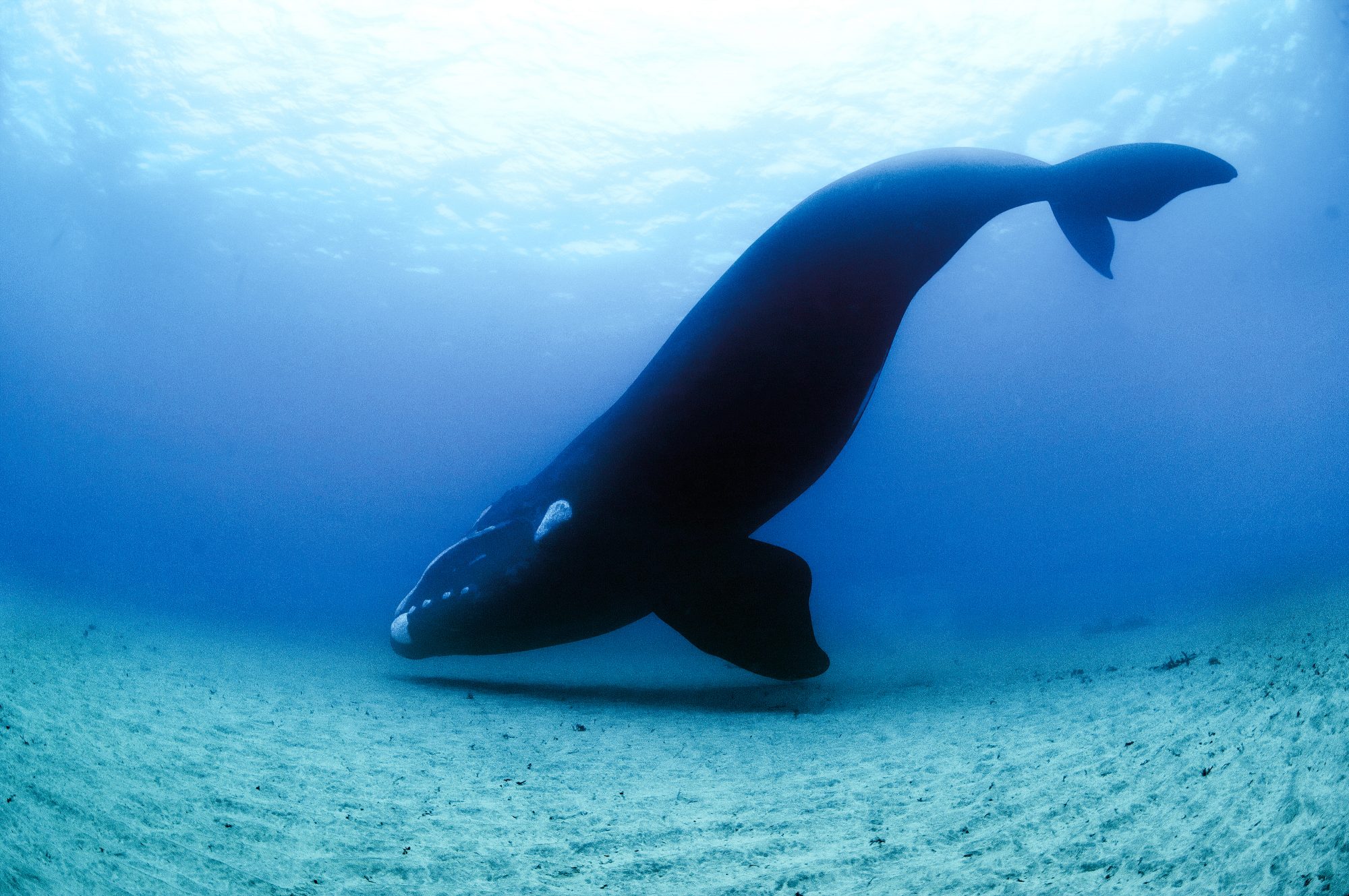
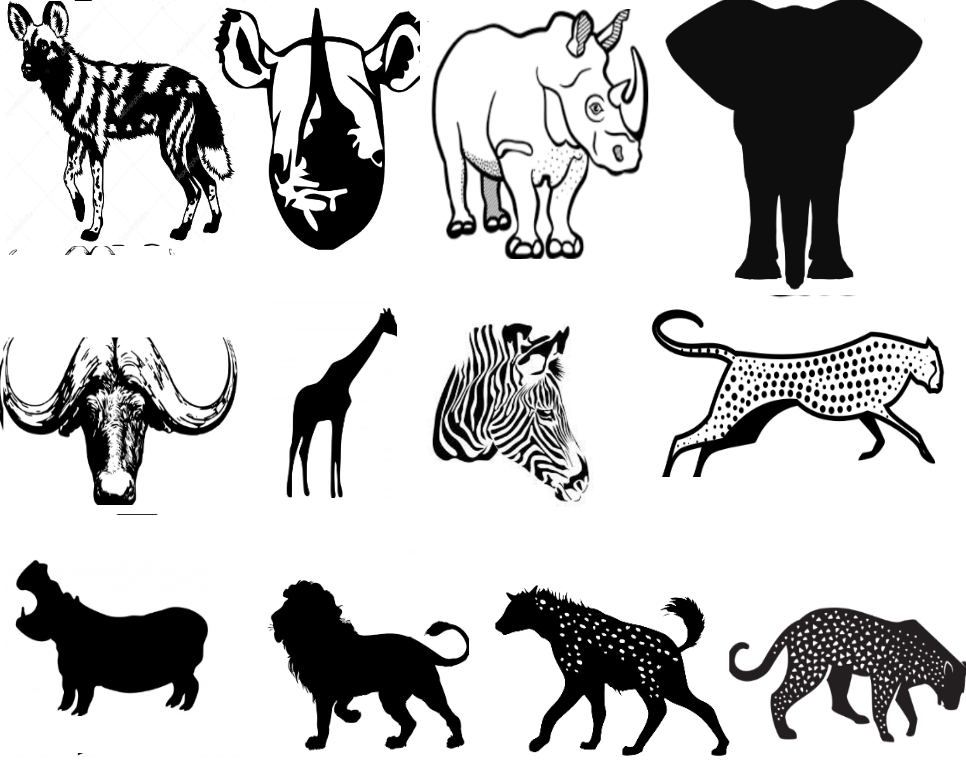
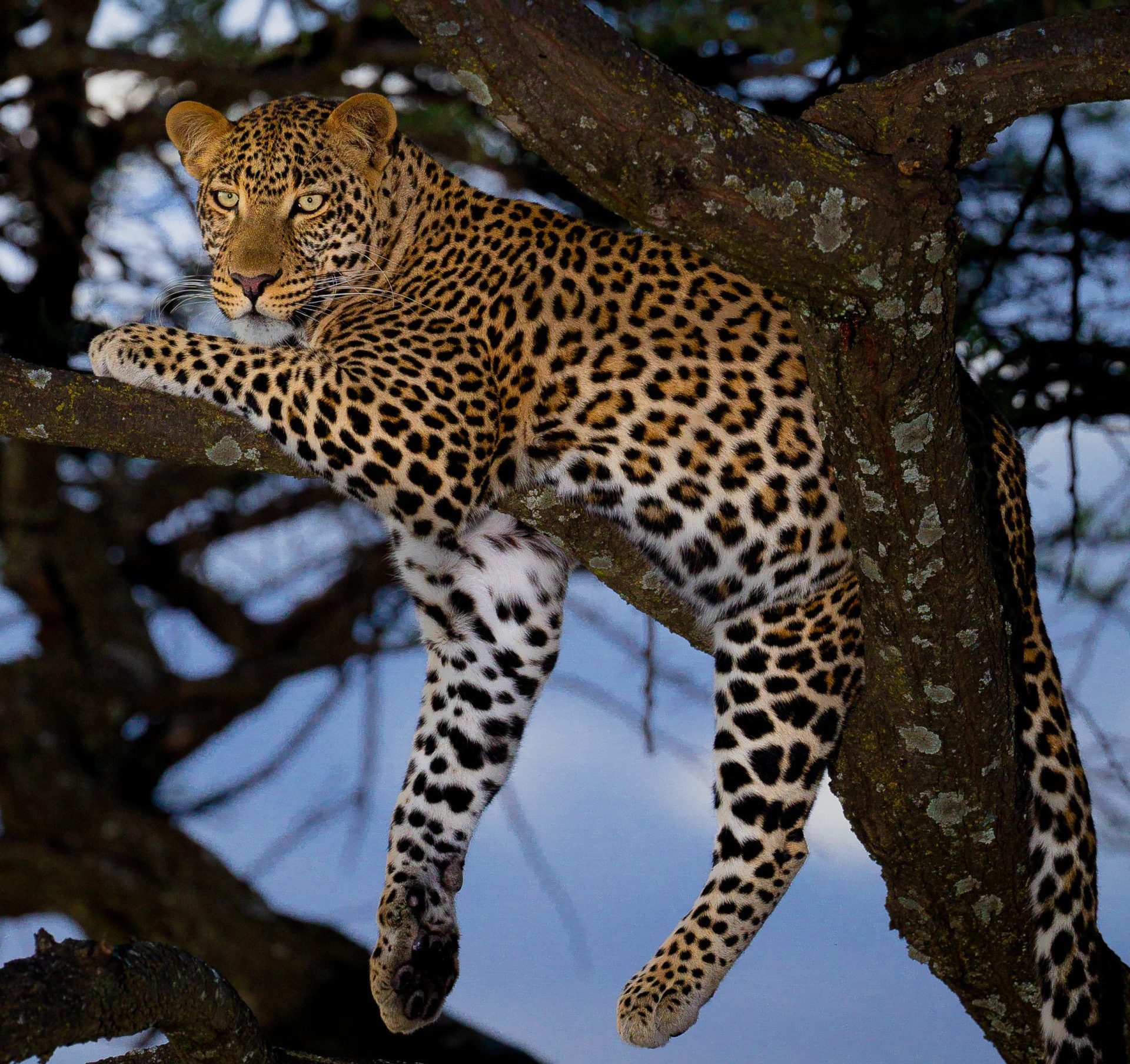
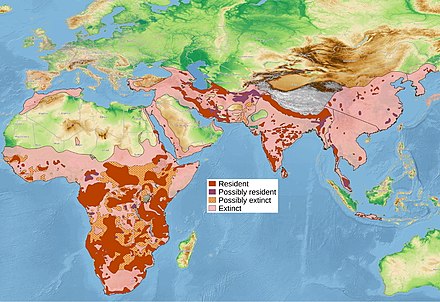 50 years ago, Africa was estimated to have 700,000 the current number is nearer to 50,000. This is not evenly spread, such that while 34 countries are thought to still host them. It should be noted, that the so called Barbary leopard is included in this subspecies. While there is still much debate (not least the suggestion that the Sahara might have stopped gene from from the Barbary region to the rest of Africa. In a similar way, there is discussion on a variety of different populations of leopards, but these will not get their own tab, until they are declared as recognized subspecies (there was, at one time as many as 37 claimed different subspecies of leopard spread across Africa and Asia, many were lost, when the genetic differences were found to be so small).
50 years ago, Africa was estimated to have 700,000 the current number is nearer to 50,000. This is not evenly spread, such that while 34 countries are thought to still host them. It should be noted, that the so called Barbary leopard is included in this subspecies. While there is still much debate (not least the suggestion that the Sahara might have stopped gene from from the Barbary region to the rest of Africa. In a similar way, there is discussion on a variety of different populations of leopards, but these will not get their own tab, until they are declared as recognized subspecies (there was, at one time as many as 37 claimed different subspecies of leopard spread across Africa and Asia, many were lost, when the genetic differences were found to be so small).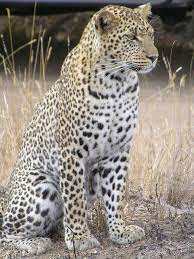
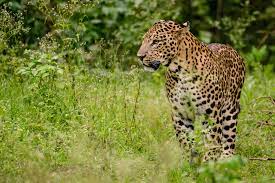
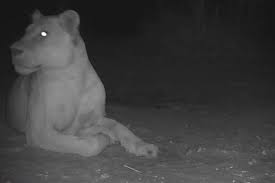
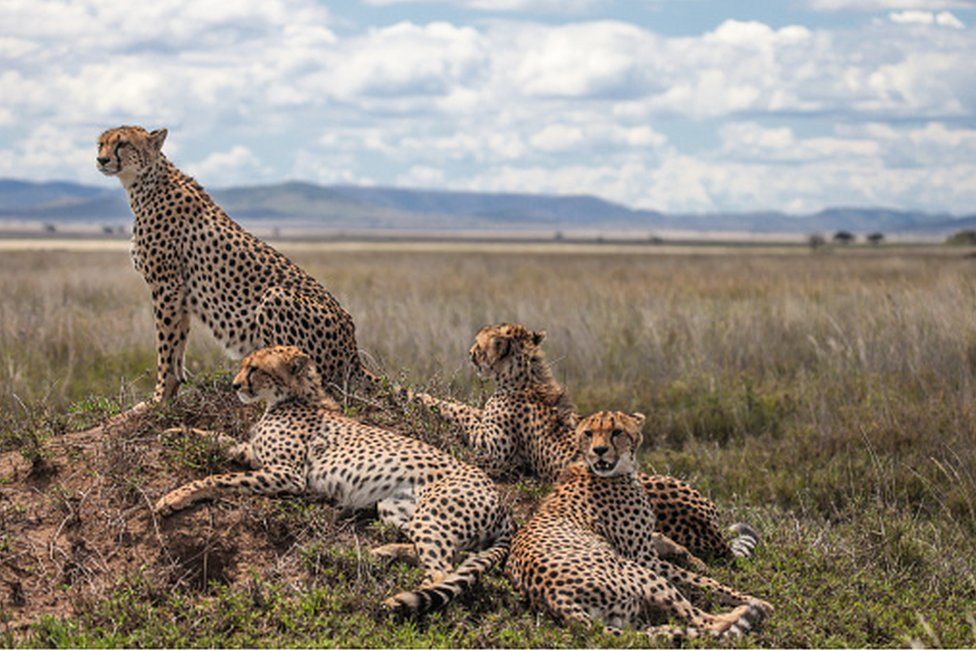
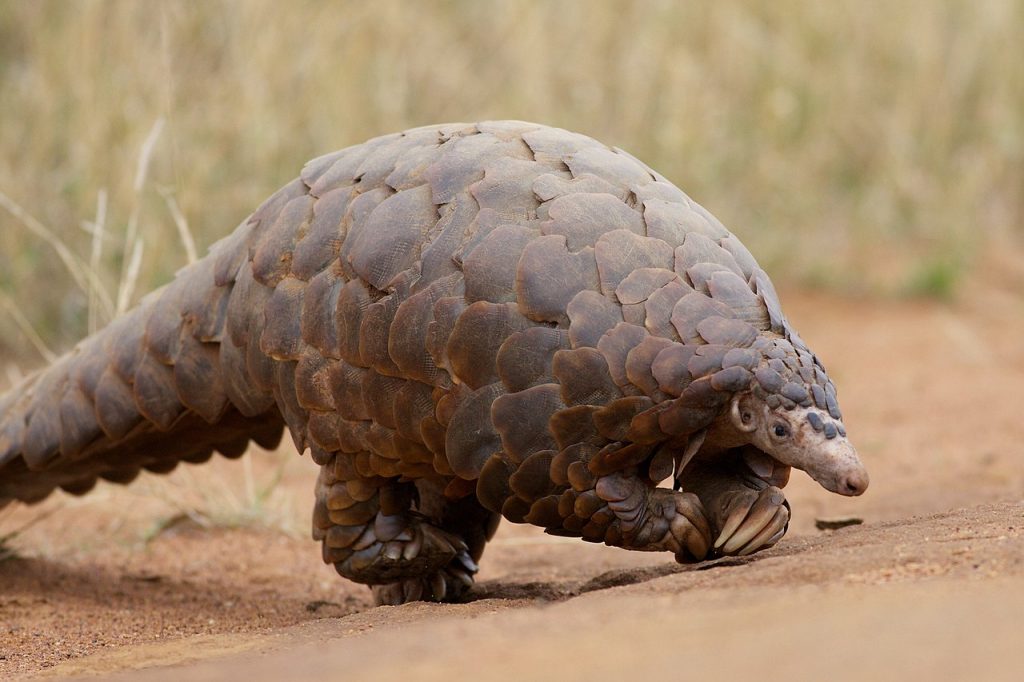
 Image source
Image source 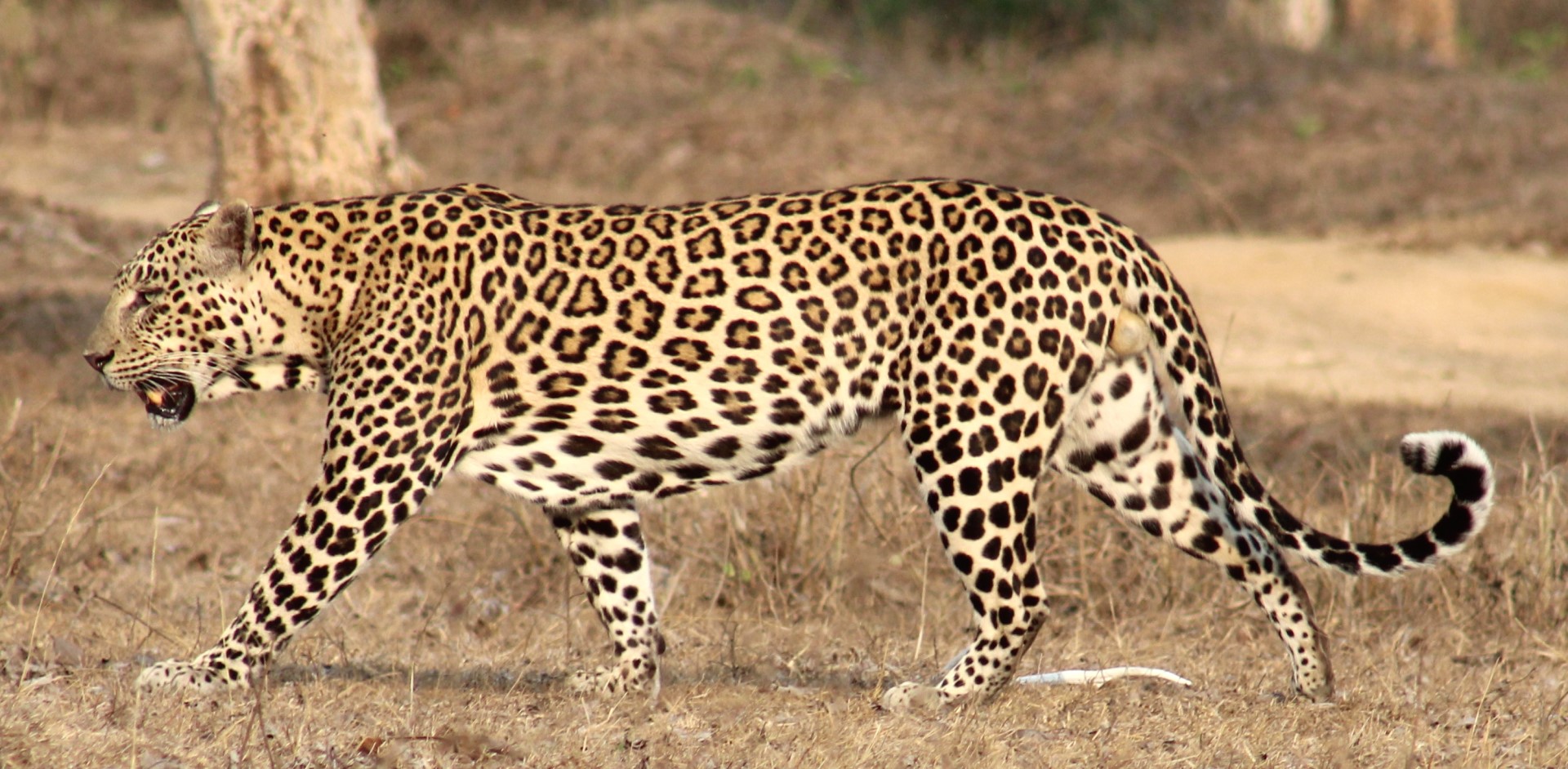
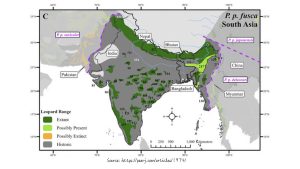 The number of Indian leopards in the wild is a worryingly low number. Some places suggest around 9500, while others suggest 12,000-14,000 (remember that the area of India is 10% of Africa, so this is far better by area.
The number of Indian leopards in the wild is a worryingly low number. Some places suggest around 9500, while others suggest 12,000-14,000 (remember that the area of India is 10% of Africa, so this is far better by area.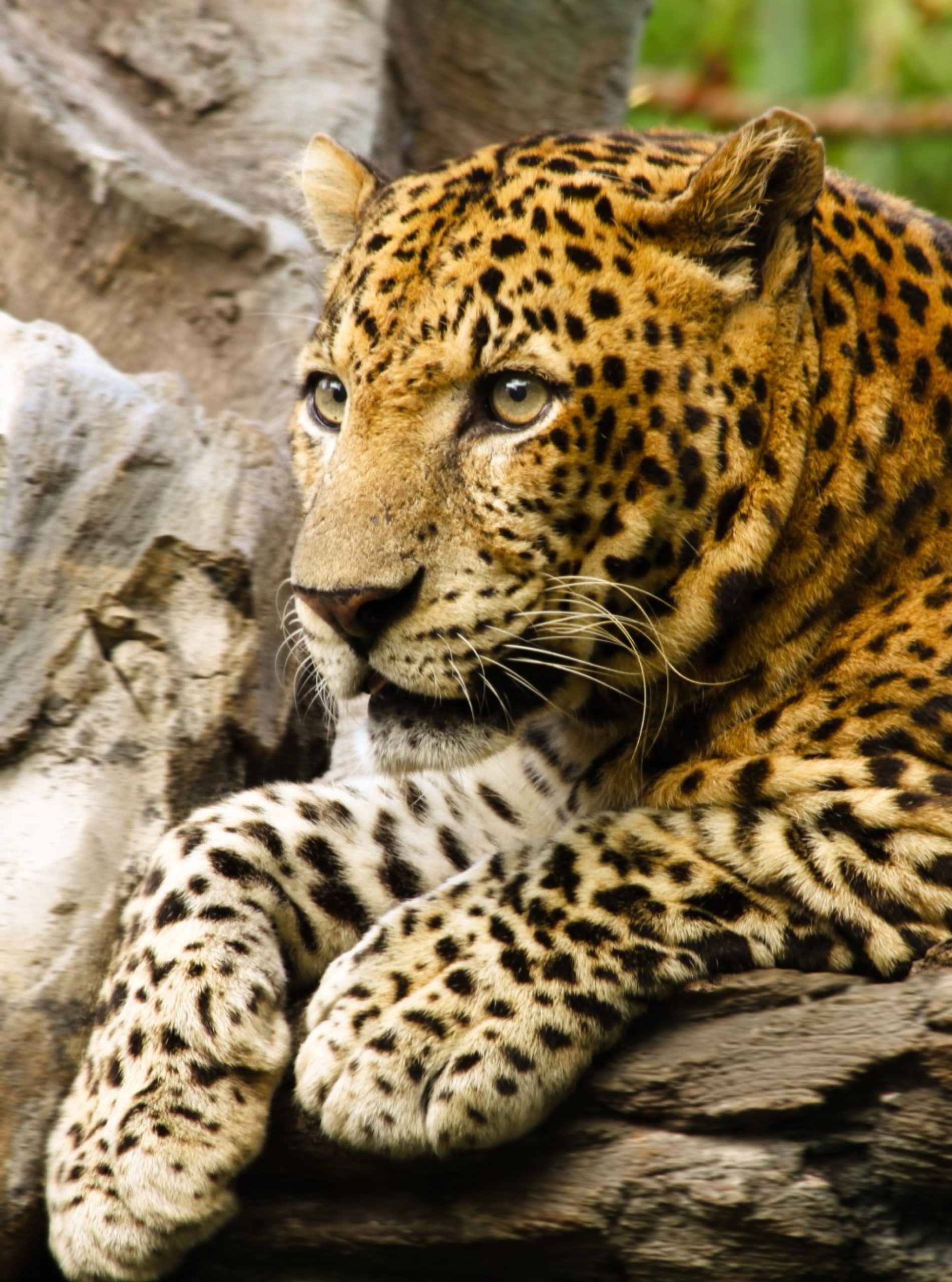
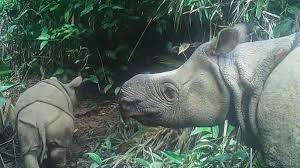
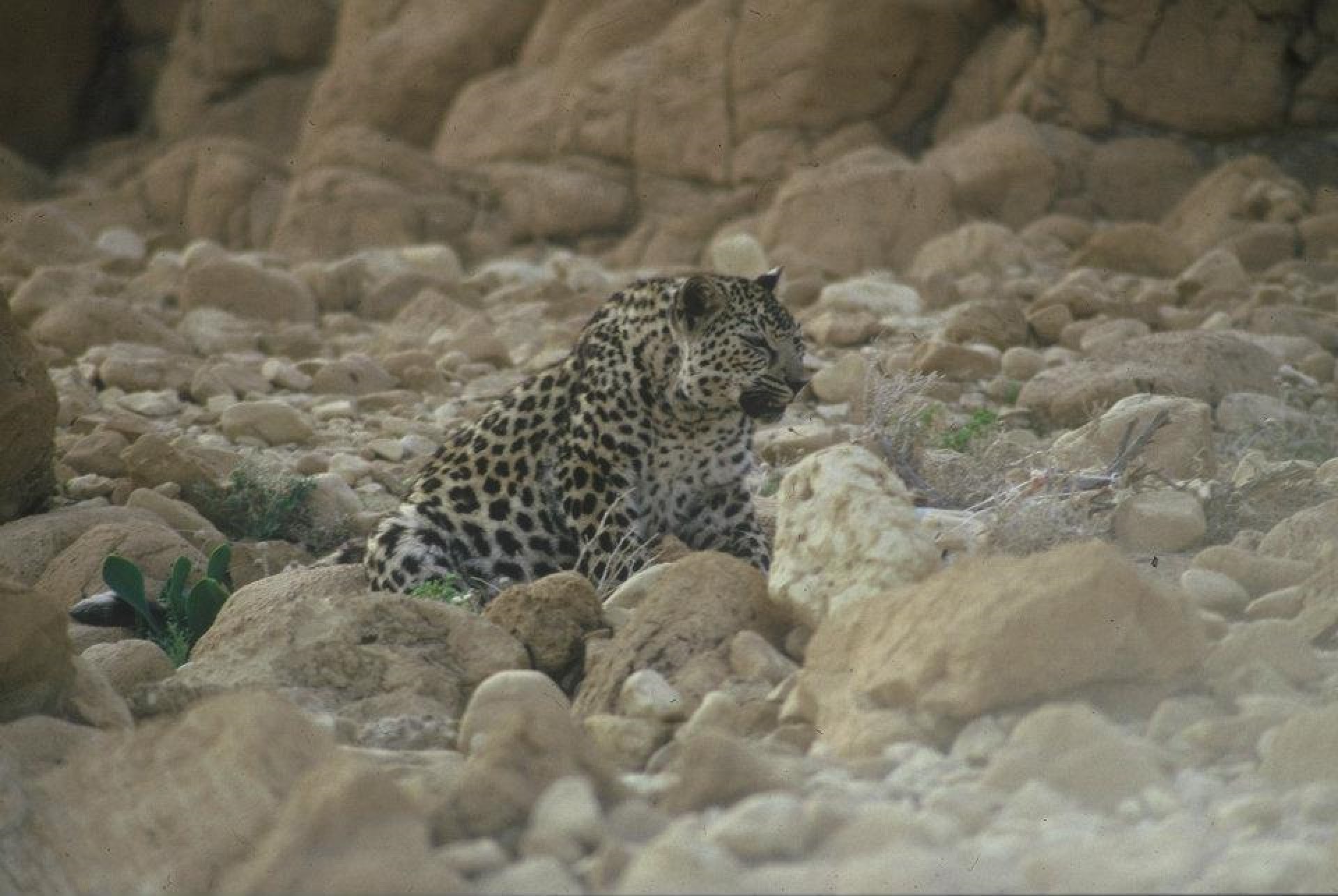
 In 2008, the size of this subspecies left in the wild was thought to be between 45 and 200. As such, it is perhaps not surprising that this subspecies has been critically endangered since 1996.
In 2008, the size of this subspecies left in the wild was thought to be between 45 and 200. As such, it is perhaps not surprising that this subspecies has been critically endangered since 1996.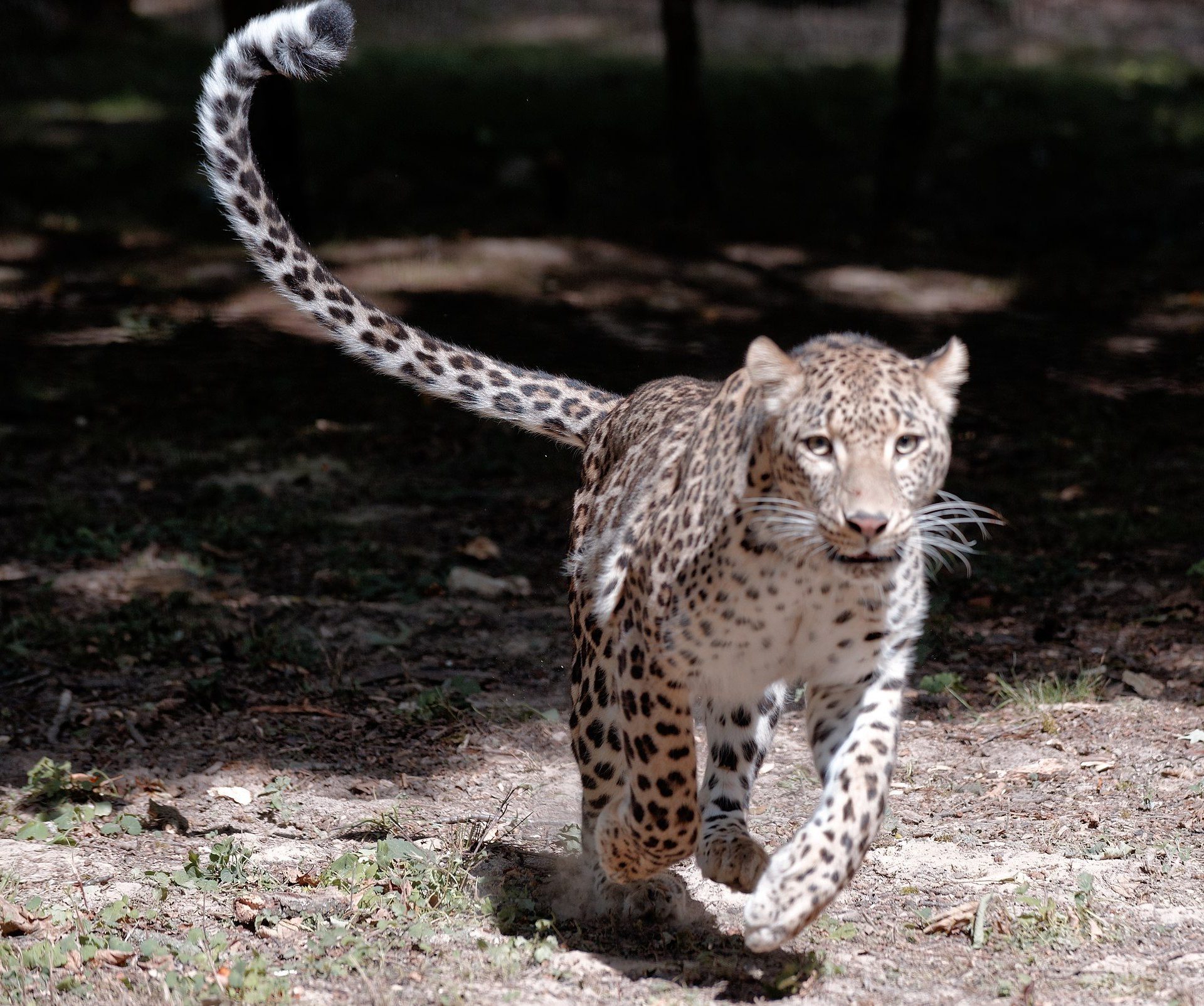
 Caucasian (also called Persian) Leopard)
Caucasian (also called Persian) Leopard) 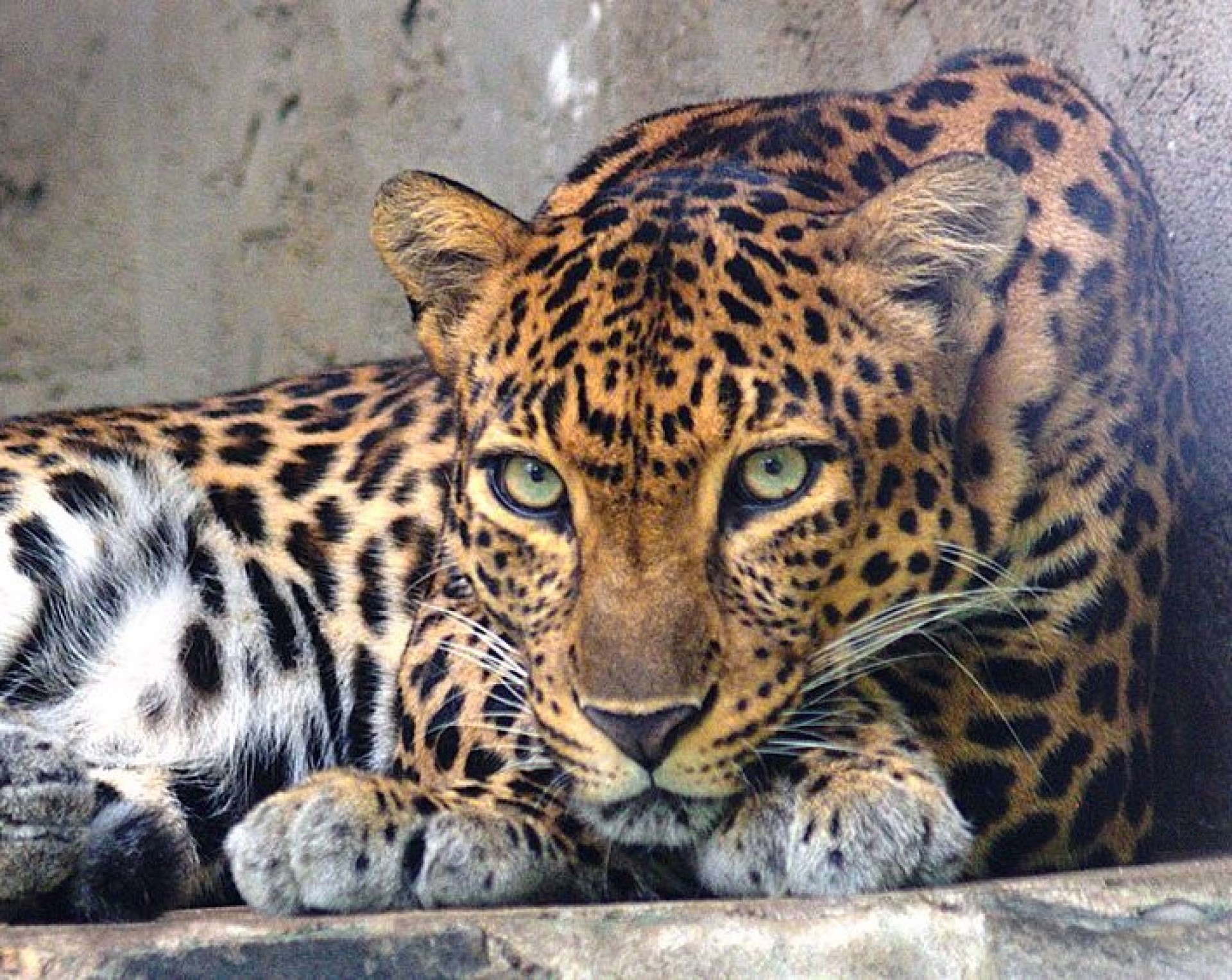
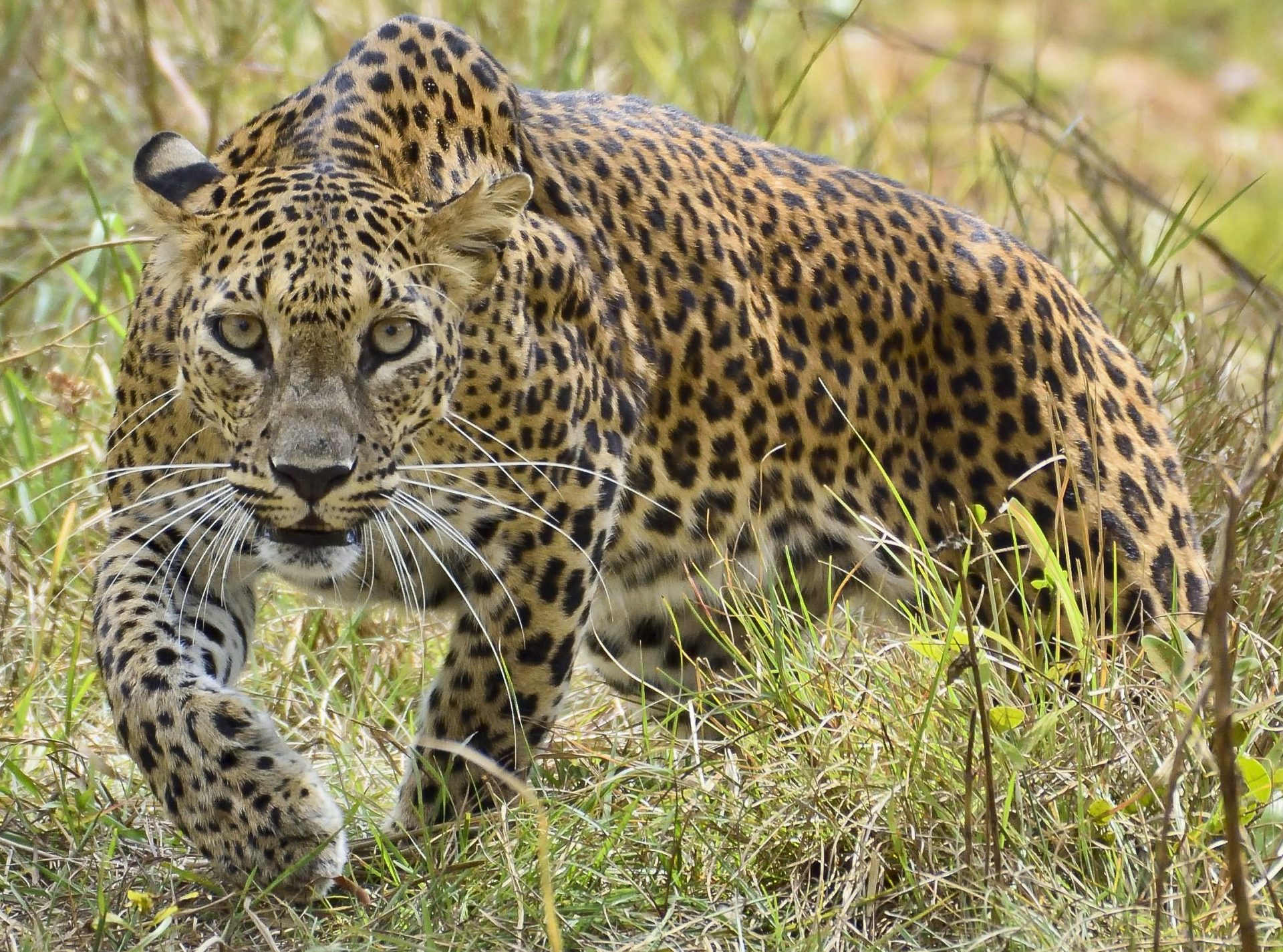
 Only described in 1956, they are relatively similar to the Indian Leopard, and were thought to be part of that subspecies until then. There are only 800 of this subspecies of leopard, and they were listed as vulnerable in 2020, and unfortunately it is thought to still be declining. It is thought, that as a result of being the apex predator on the island, they have got bigger.
Only described in 1956, they are relatively similar to the Indian Leopard, and were thought to be part of that subspecies until then. There are only 800 of this subspecies of leopard, and they were listed as vulnerable in 2020, and unfortunately it is thought to still be declining. It is thought, that as a result of being the apex predator on the island, they have got bigger.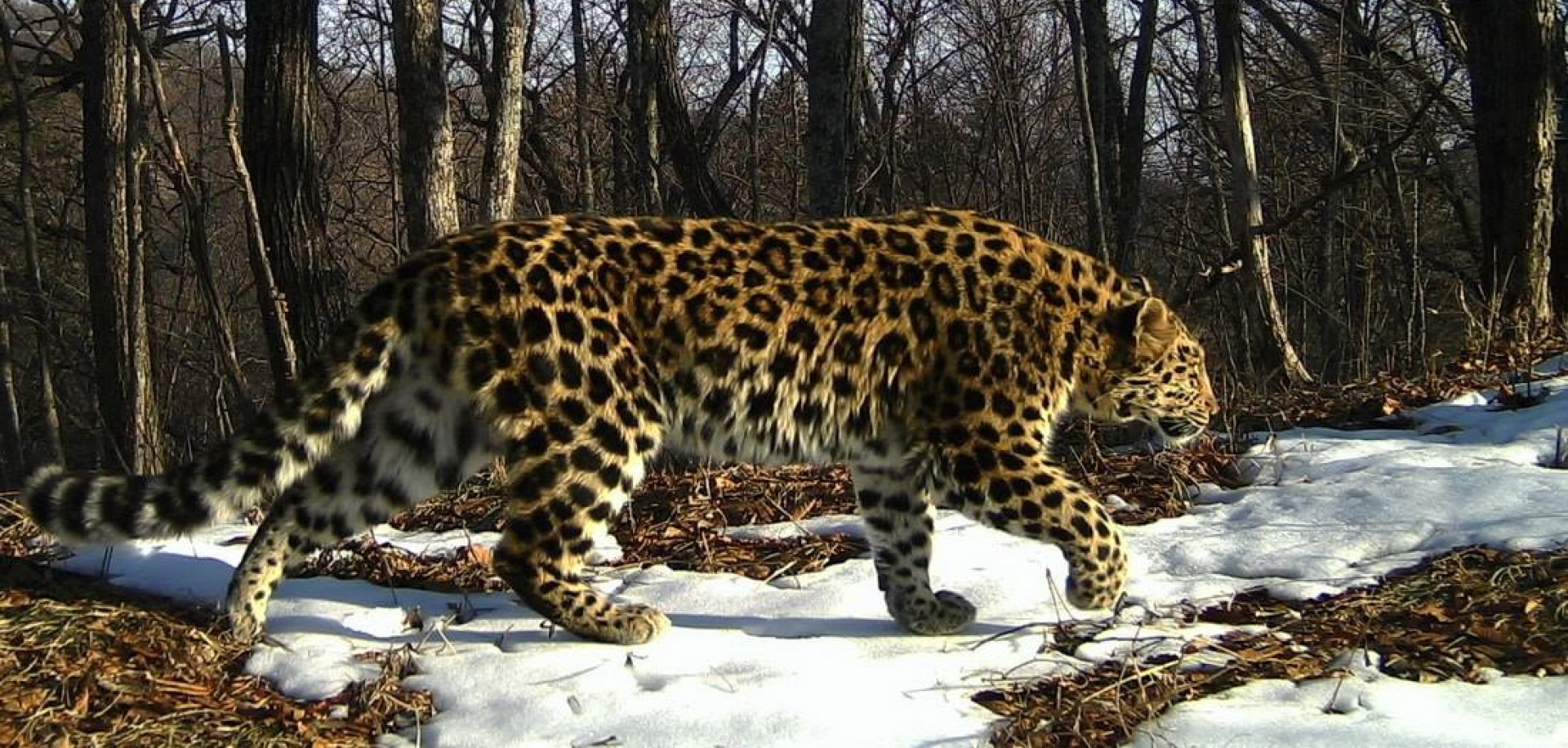
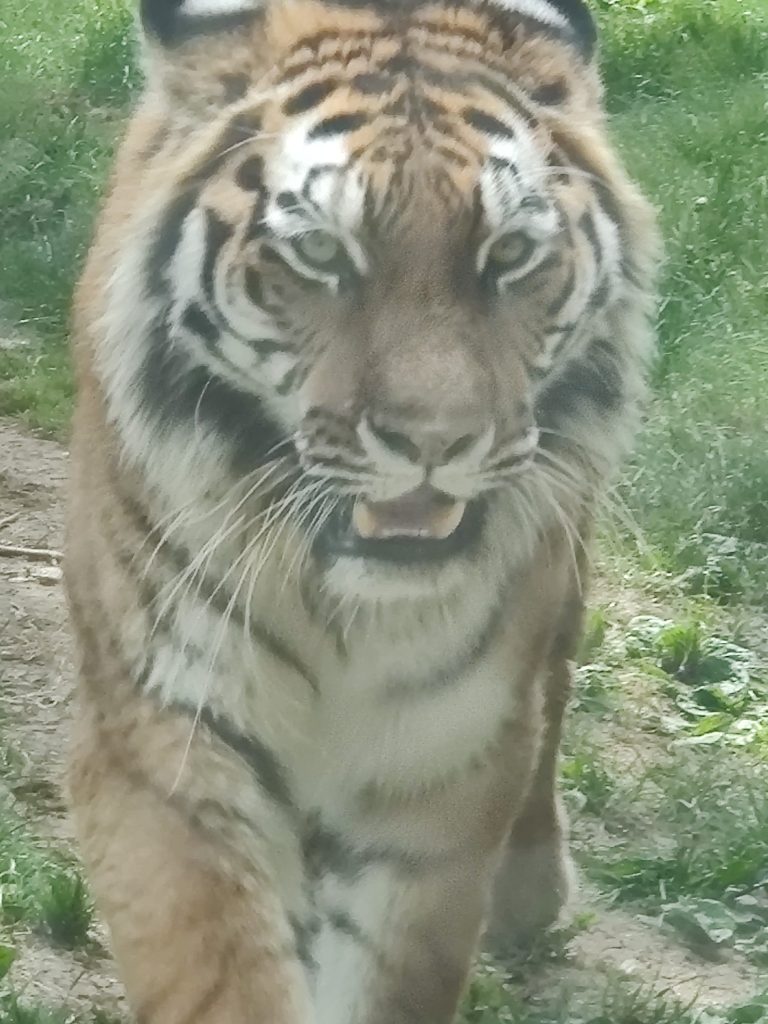
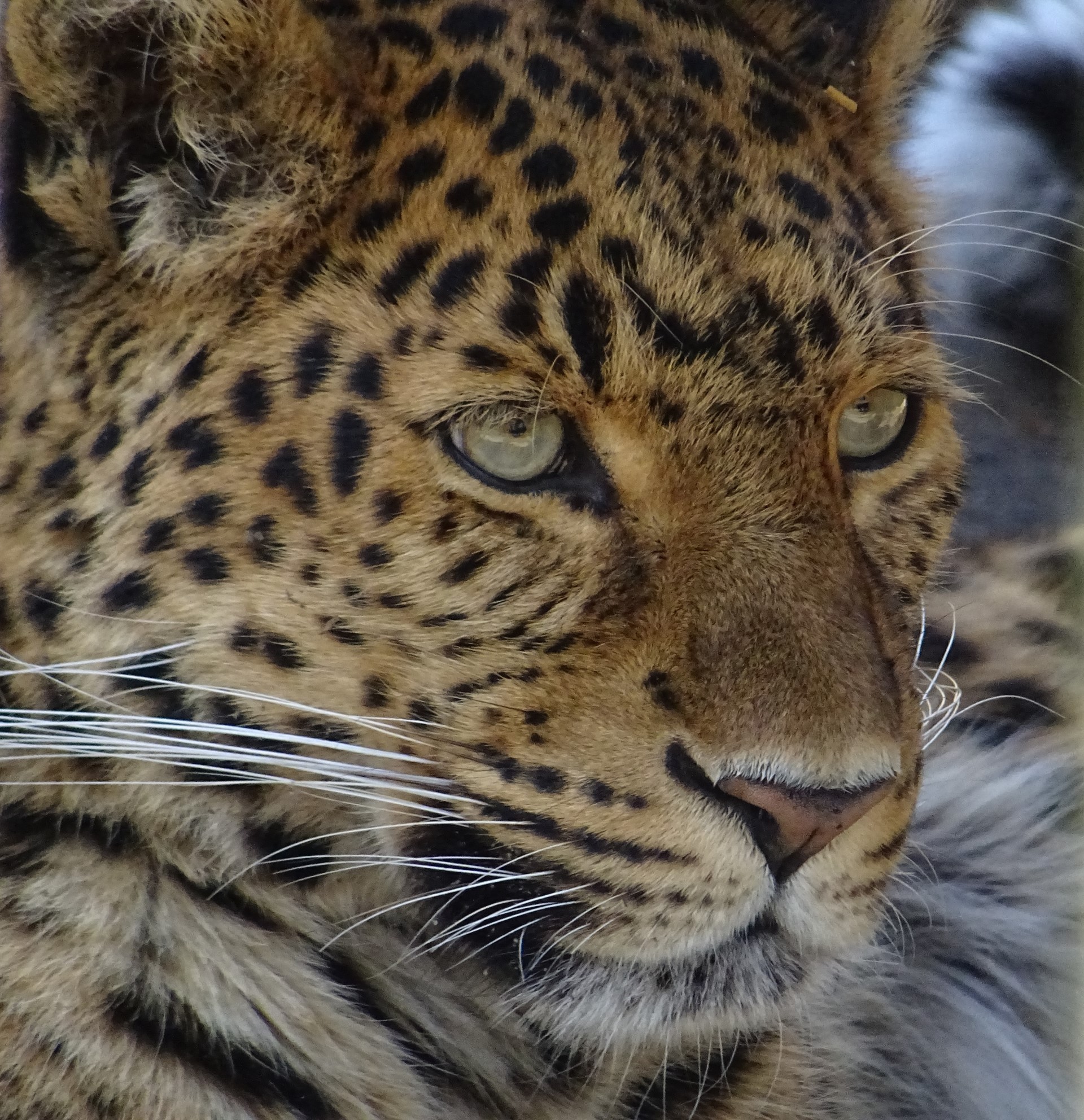
 Records from before 1930 suggest that this species of Leopard used to live near Beijing and in the mountains to the North-west. The wild population is estimated at around 110, so is one of the more endangered leopard species in the world. It is thought that this population and the Amur Leopard species were connected until just a few hundred years ago. As such, it may well be possible to boost genetic variability if that were to become necessary.
Records from before 1930 suggest that this species of Leopard used to live near Beijing and in the mountains to the North-west. The wild population is estimated at around 110, so is one of the more endangered leopard species in the world. It is thought that this population and the Amur Leopard species were connected until just a few hundred years ago. As such, it may well be possible to boost genetic variability if that were to become necessary.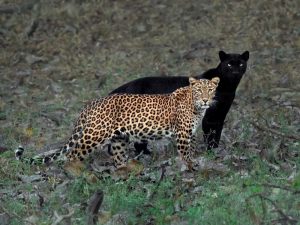
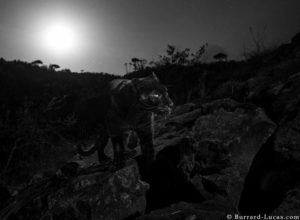 Like many cats – both big and lesser cats, they have rare colourings. These are not separate species, instead they are either melanistic, or albino.
Like many cats – both big and lesser cats, they have rare colourings. These are not separate species, instead they are either melanistic, or albino.
